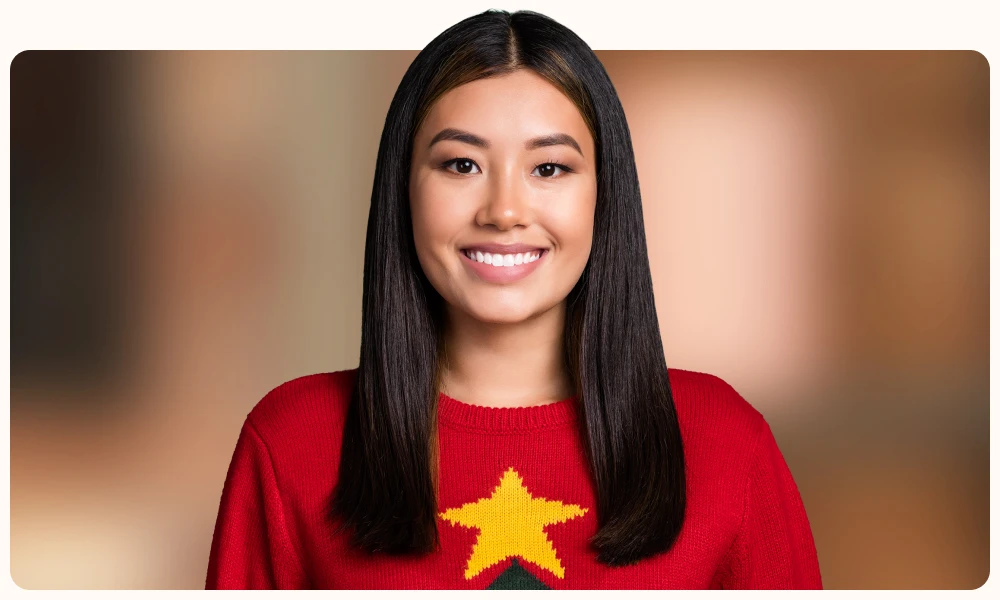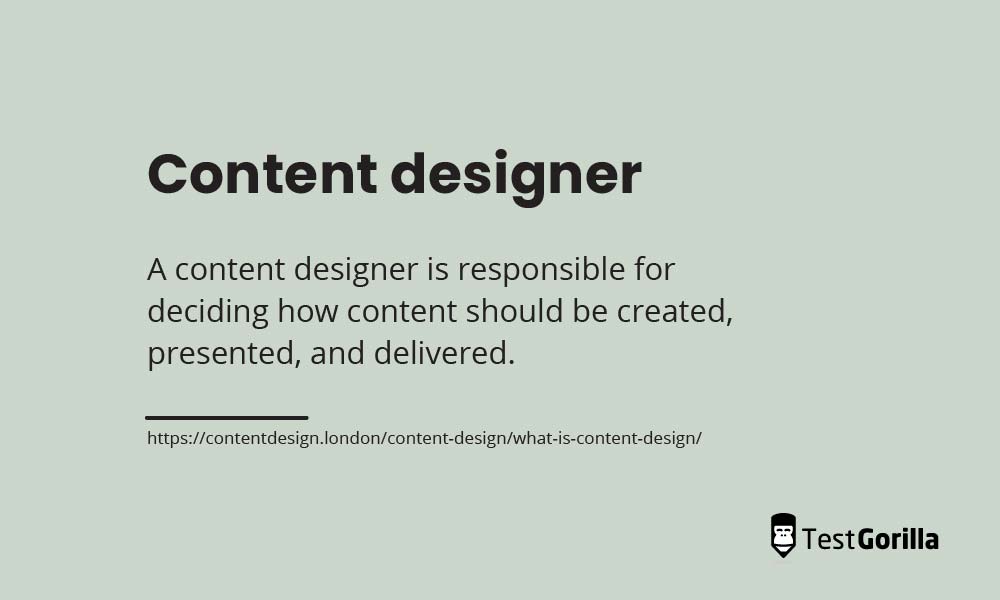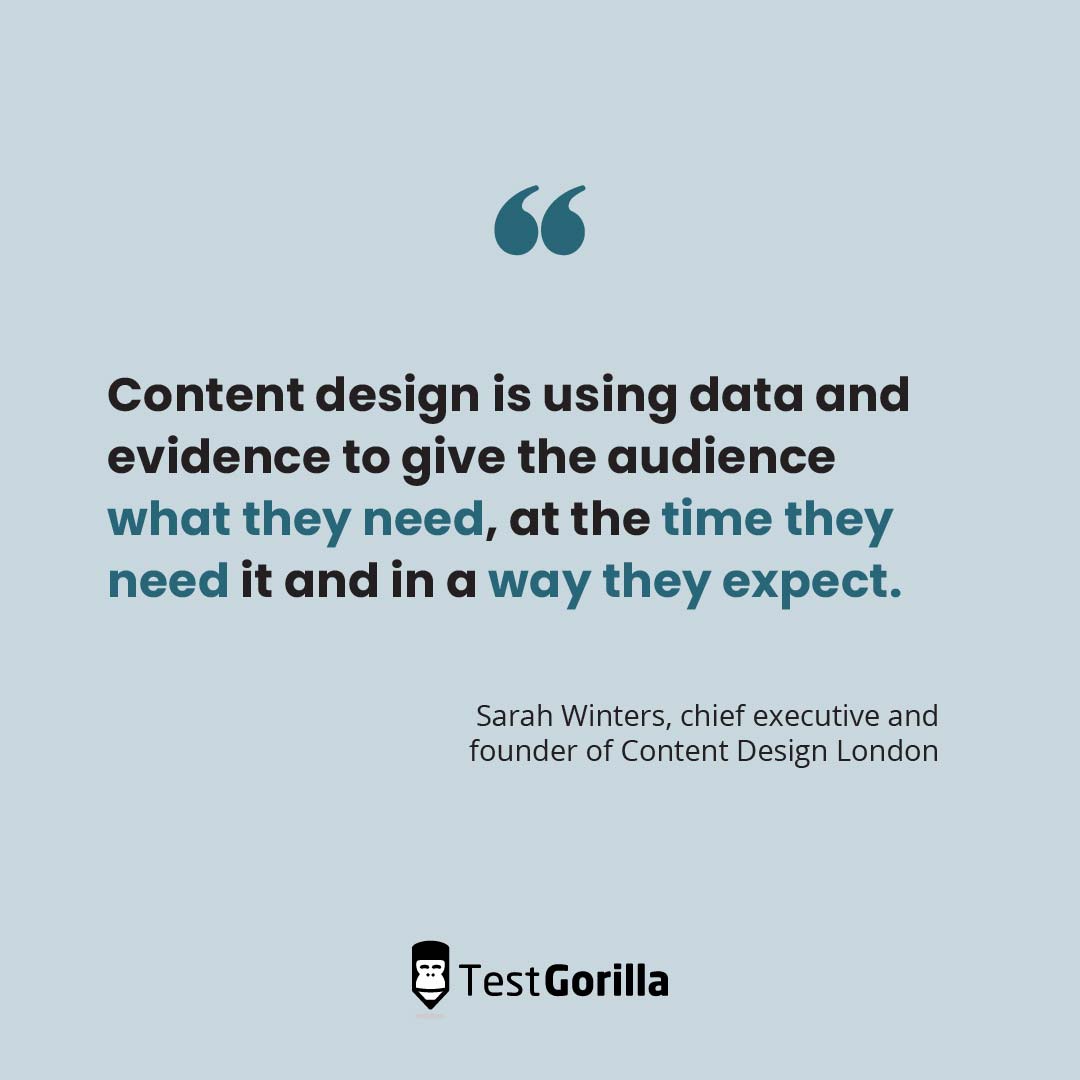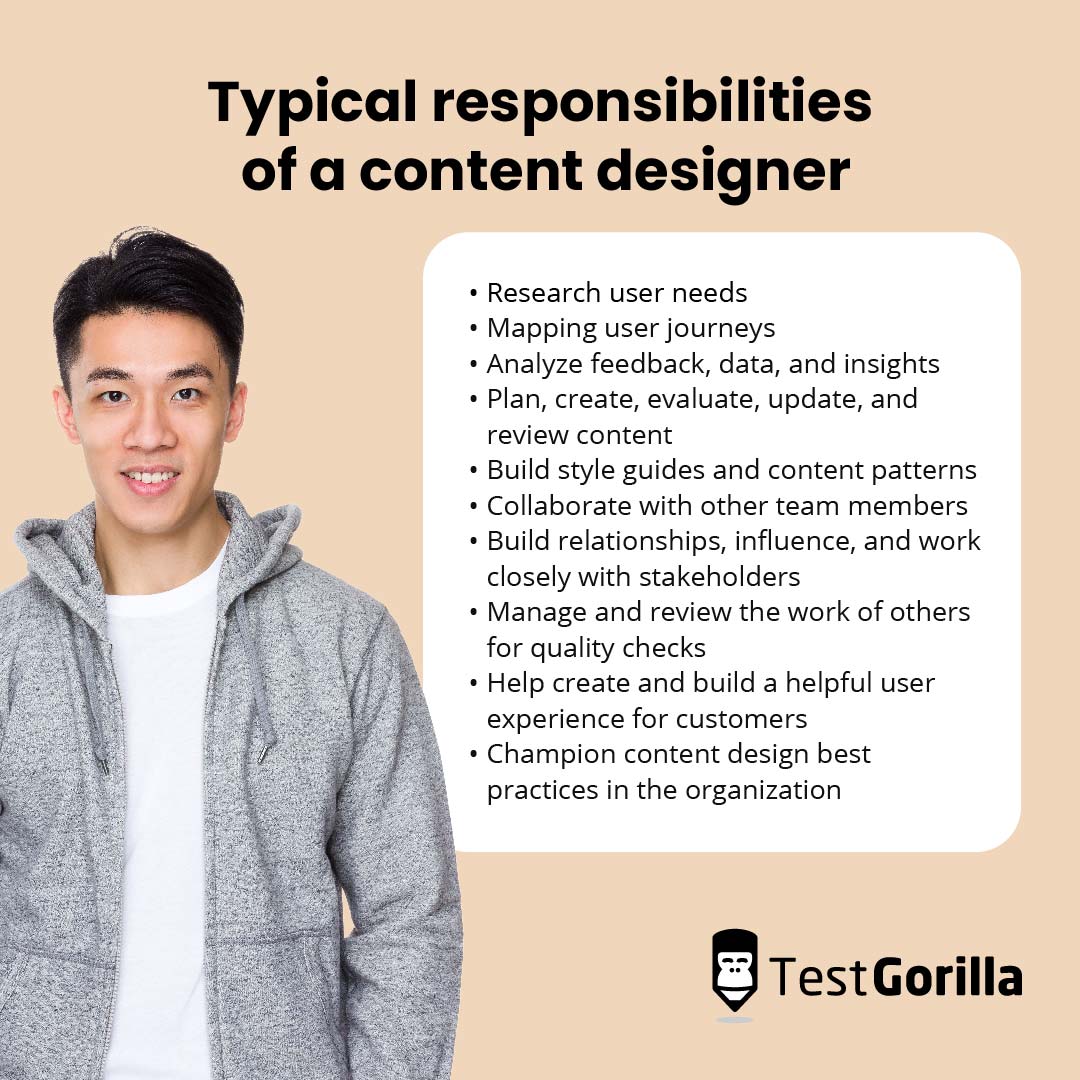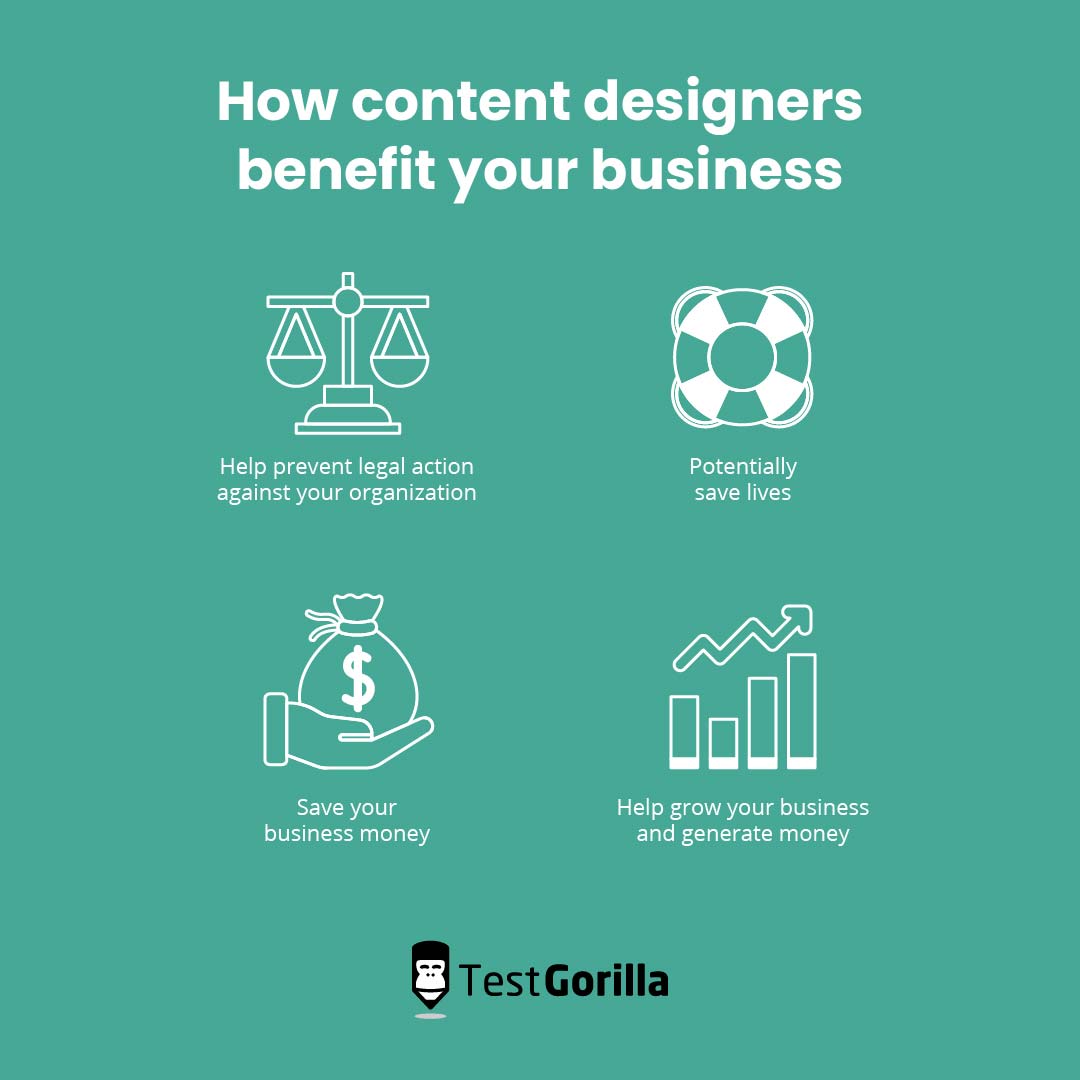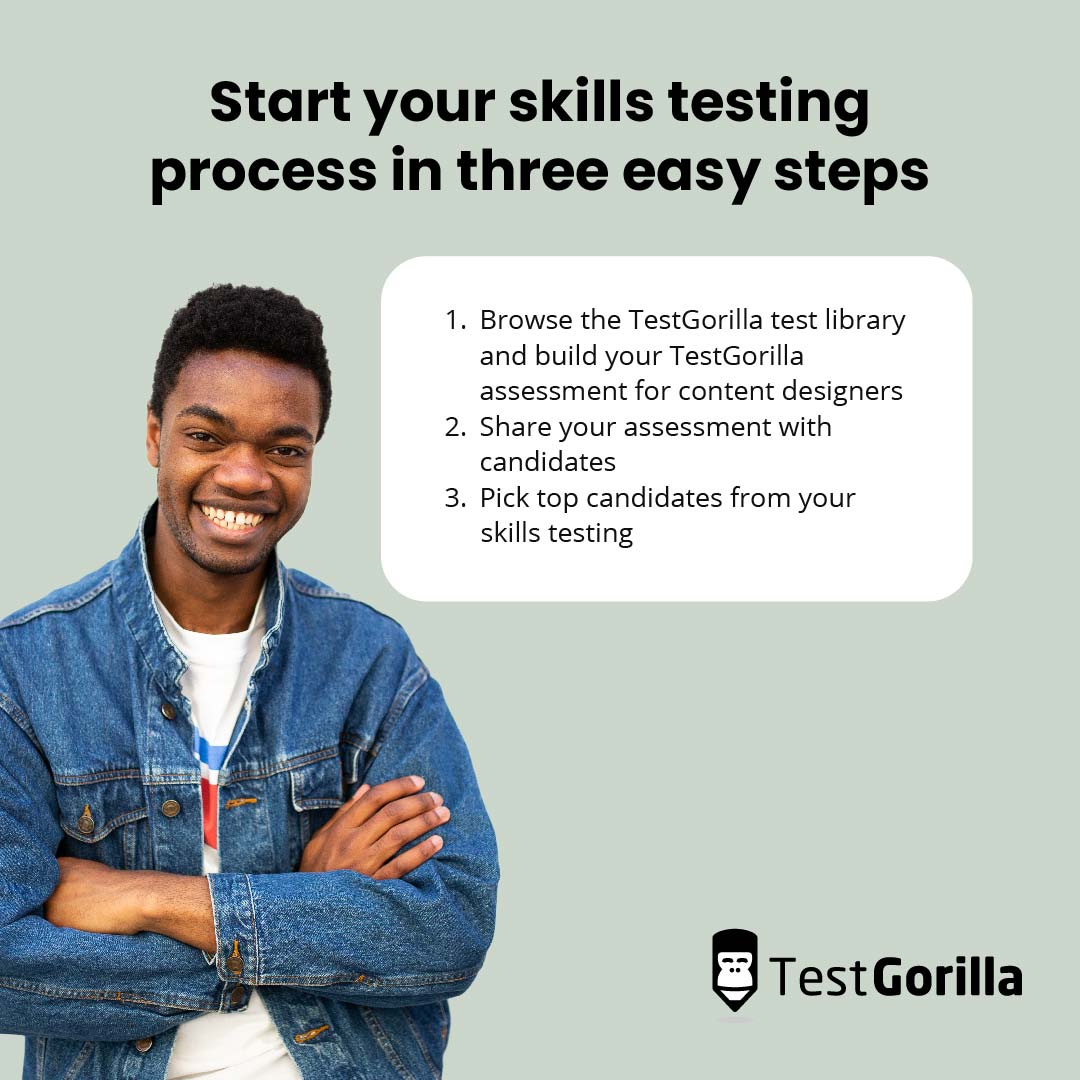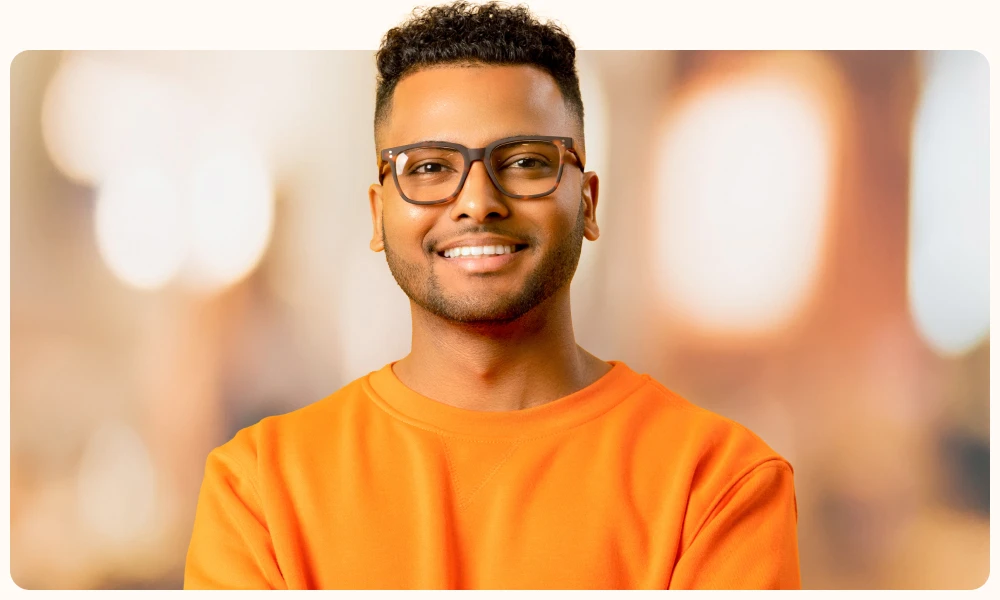Is recruiting content designers on your to-do list for a while now?
Aside from typing “content designer” on LinkedIn, you’re probably wondering where and how to find them and what exactly a content designer’s skills should look like.
You may be asking if content designers are the same as copywriters or graphic designers. What skills should you look for in content designer candidates? Where can you find the best candidates in the industry?
Whether you’re a hiring manager for an enterprise software company or a freelance recruiter looking for content designers to join one of your client’s teams, we recommend you keep reading to learn more about content designers.
This guide shares information on what content designers do, and which skills to test for when assessing applicants. You’ll also learn how to evaluate skills among content candidates using TestGorilla’s comprehensive and expert-approved test library.
Table of contents
- What is a content designer?
- What does a content designer do?
- How a content designer benefits your business
- Skills and qualities to look for in content designer candidates
- What to look for in content design portfolios
- Examples of content designer interview questions
- Overcome your hiring woes and hire the best applicant with skills testing
What is a content designer?
A content designer is responsible for deciding how content should be created, presented, and delivered. They plan and strategize what content a company needs to meet user needs on various platforms, including websites and applications. This piece of content can be a blog post, a calculator, a video, a downloadable infographic, or even a quiz.
For example, content designers working for UK’s GDS (Government Digital Services) help translate difficult and complex concepts into information that’s easy for the general public to understand.
Most importantly, a content designer plays a vital role in developing a digital product or service from the ground up.
Sarah Winters (formerly Richards), chief executive and founder of Content Design London, coined the term “content design”. She describes the practice as “using data and evidence to give the audience what they need, at the time they need it and in a way they expect.”
Content designers are usually a part of a multidisciplinary team of service designers, user researchers, content strategists, marketers, interaction designers, business analysts, and developers.
In recent years, content designers have become more in demand, and in 2020, content design was one of the top 10 most-in-demand job titles in the UK.
What makes content design different from other content roles?
You’re probably asking: is content design synonymous with content writing, content marketing, or copywriting?
One of the main differences between writing and content design is that content designers rely heavily on user research.
What sets content designers apart from other content roles, are their skills in using data and evidence to address user needs through content. Data and evidence could be in the form of web analytics, interview feedback, survey results, journey mapping, and usability testing.
According to Mario Ferrer, Staff Content Designer at Shopify, there’s more to content design than writing. “This role is about using design tools and processes applied to writing within a product design team to help you focus on user needs,” Ferrer shares.
However, this doesn’t mean you can’t hire former copywriters, writers, or editors when recruiting content designers. As the content design space is relatively new, many content designers have backgrounds in journalism, graphic design, copywriting, editing, product management, marketing, and advertisement.
What does a content designer do?
The responsibilities of a content designer can vary based on the organization they’re working with and their current level of expertise: from associate content designer to head of content design. For example, a senior content designer may work closely with service managers and program directors, while a content design associate may perform content edits.
A content designer’s workday will also be different every day depending on their involvement in a project.
According to James Reith, Content Designer for the Department for Work and Pensions in the UK, content designers need to be more flexible, especially when a project is in its early stages. During this stage, a content designer may need to do journey mapping, concept sketches, and research planning.
Here are some of the typical responsibilities of a content designer:
Research user needs by conducting user interviews, checking out Google Analytics, browsing social media groups, and speaking to subject matter experts or the customer service team
Mapping user journeys with other team members in product or service design
Analyze feedback, data, and insights to help ideate or improve content strategies
Plan, create, evaluate, update, and review the content at all stages of the user journey
Build style guides and content patterns to maintain a cohesive style that aligns with the company’s brand guide and tone
Collaborate with other team members such as user researchers, graphic designers, product owners, and software developers
Build relationships, influence, and work closely with various stakeholders in the organization
Manage and review the work of others for quality checks
Help create and build a helpful user experience for customers
Champion content design best practices in the organization
How a content designer benefits your business
Content designers are often recruited by digital agencies, tech businesses, and eCommerce teams to help fix business problems, whether big or small.
These problems range from wanting to get more leads from your app (a content designer can evaluate your existing app navigation and copy) to merging hundreds of website pages. After all, how you present content on digital platforms can make the difference between someone using or not using your service.
As highlighted by the Content Design London team, here are just a few ways that the content designers and the creation of clear, user-centric content can help your business:
Help prevent legal action against your organization, especially if you have “ambiguous and potentially misleading” content on your digital platforms
Potentially save lives as content designers can help identify the most important information and format a user needs while going through a medical website
Saves your business money through thoughtful user research early in the process and project prioritization where content can have the greatest impact
Help grow your business and generate money by encouraging customers and users to trust your brand by meeting the following user needs on your website and other digital platforms.
Some customer needs a content designer will meet include:
Helpncustomers find what they are looking for quickly
Assist in building trust between your audience and your content
Simplify how users can complete tasks and navigate
Design content to make the platform accessible and inclusive
Any organization or team that sees the value of good, helpful content needs to hire content design experts.
Finally, content designers are often overlooked in the planning process, resulting in confusing user experiences and unclear documentation for the entire team. For this reason, it makes sense to work with content designers as early as possible. Consider having a content designer and product designer represent the design team instead of just having the product designer around.
Here are examples of projects where a content designer can help:
Your organization needs a massive digital transformation program, and stakeholders aren’t convinced about it.
Planning for a web migration project is underway and you need someone to audit old content.
You want to create a content style guide that will set the content tone and standard in your organization.
You want to create an accessible and inclusive website or application.
Customers complain about a certain product or service, and your Help section has the answers, but people can’t find it or don’t understand it.
Skills and qualities to look for in content designer candidates
Anyone who is looking to hire content designers should look for the following skills and qualities:
Research, attentive listening, and user testing skills: A good content designer understands insights from qualitative and quantitative research is needed to make informed decisions.
Understanding of business goals: A content designer needs to work with a strategy that considers user needs and company goals at the same time.
Communication skills: Strong communication skills, particularly in the written word, are required in simplifying technical concepts. This is also important as content designers often collaborate with others.
Knowledge of user experience principles: Content designers use their understanding of design thinking and user experience principles to help address user needs.
Collaboration and openness to feedback and criticism: Good content designers know how to work well with others in the team. They are also responsive to feedback and can adapt to changes when needed.
Problem-solving and critical thinking: Content designers know how to identify areas needing improvement, formulate hypotheses, and implement improvement measures through user research insights.
Attention to detail: Content designers need to pay attention to tiny details because they know that the little things can help address user needs and improve user experience.
Prototyping and sketching: Content designers must visualize their ideas and work through paper sketches and prototypes. They must be flexible depending on the team members they’re working with, ranging from fellow designers to stakeholders.
Stakeholder relationship management: Content design also involves the ability to communicate with stakeholders clearly and regularly. This may include clarifying business goals, presenting solutions, or reporting on research findings.
Knowledge and experience working with relevant software and systems: Sound knowledge and skills in using software for prototyping, user testing, user research, and content management are also essential.
Knowledge and experience working in Agile processes: Due to the agile nature of most digital teams, content designers often need to work in an agile environment: flexible, evolving, and iterative.
Start your skills testing process for content designer candidates using a pre-employment skills assessment tool like TestGorilla.
You can do it in three easy steps:
1. Browse the TestGorilla test library and build your TestGorilla assessment for content designers.
A standard assessment you can make with TestGorilla includes five individual tests you can pick from the test library and 10 custom questions compiled by you.
You can add more custom questions or ask for a recorded video response. You can also increase the number of custom questions by upgrading your TestGorilla plan to the Scale and Business plans. Here’s a step-by-step guide to creating an assessment in TestGorilla.
2. Share your assessment with candidates.
You can easily share a public URL of the assessment you created with candidates. It’s also possible to send them invites via your applicant tracking system.
3. Pick top candidates from your skills testing.
TestGorilla will automatically grade and rank candidates based on a scoring method. The scoring method shows how a candidate scored relative to other applicants who have taken the same tests.
What to look for in content design portfolios
Once you’ve screened your content designer applicants through skills testing, you may want to review the content design portfolios of your top candidates.
Here are some examples of the type of work that you should look for in portfolios (courtesy of the HubSpot content design team):
Accessibility and planning improvements
Content auditing and governance
Content modeling
Content testing
Conversion flows: sign-ups, trials, purchases
Ecosystem mapping
Empty states
Error messages
Forms
Inclusive language and experiences
Information architecture, taxonomy, and navigation
Journey mapping
Localization and internationalization
Notifications, tooltips, banners, and alerts
Onboarding
Product interfaces
Product or feature naming
Search and/or filters
Settings
Style guides and terminology
Voice tones and guidelines
When reviewing content design portfolios, you can ask candidates the following questions:
What was this project about?
How did you know that the project addressed or fixed a problem?
What was the goal of the project? What did success look like?
What was your role in the project? What did you do? Who did you work with?
How did you drive the strategy forward with implementation?
What was the iteration process like for the entire project?
What limitations did you face and were the tradeoffs you have to make?
Did your project solve the problem?
What did you learn from the project?
Examples of content designer interview questions
If you’re a recruiter with no background in content design, consider asking someone in your team with experience in content and UX (user experience) design to help you with the interview process.
Here are some areas of content design to focus on during interviews, plus a sample question you can use with content designer candidates:
User research and discovering user needs: How would you check that your content meets user needs?
Content usability and accessibility: Would you please share an example of how you’ve improved usability through content in your past roles?
Language research: Is optimizing content for search engines different from improving content to address user needs?
Inclusive content: What are the things to consider when designing inclusive content?
Introducing and scaling quality content: How would you make it easier for non-content teams to meet high content quality standards?
Content governance: Have you had any experience developing or improving content standards in your past roles?
Stakeholder relationships and management: What’s your approach when stakeholders aren’t convinced about changes in content?
Return on investment and alignment with business goals: What indicators do you use to show the value of content in helping improve business outcomes?
Overcome your hiring woes and hire the best applicant with skills testing
Finding the perfect content design candidate can be daunting, especially if your organization has no experience hiring content designers. Plus, the job title itself is relatively new.
Overcome these recruiting hurdles with a professional pre-employment skills testing tool like TestGorilla. With TestGorilla, you can create a content designer assessment with just a few clicks.
Role-specific tests suitable for content designer candidates like the Content Strategy test and WordPress Administration test can be used with soft skills tests like the Communication Skills test to create an assessment. These tests are developed and designed by professional experts in the field.
The benefit of having a vast test library is you don’t have to go to one platform to assess technical skills and sign up for another to gauge culture add and fit.
Take TestGorilla for a spin today and find your next content designer through a more objective (and faster!) hiring process.
Related posts
Hire the best candidates with TestGorilla
Create pre-employment assessments in minutes to screen candidates, save time, and hire the best talent.
Latest posts
The best advice in pre-employment testing, in your inbox.
No spam. Unsubscribe at any time.

Hire the best. No bias. No stress.
Our screening tests identify the best candidates and make your hiring decisions faster, easier, and bias-free.
Free resources
This checklist covers key features you should look for when choosing a skills testing platform
This resource will help you develop an onboarding checklist for new hires.
How to assess your candidates' attention to detail.
Learn how to get human resources certified through HRCI or SHRM.
Learn how you can improve the level of talent at your company.
Learn how CapitalT reduced hiring bias with online skills assessments.
Learn how to make the resume process more efficient and more effective.
Improve your hiring strategy with these 7 critical recruitment metrics.
Learn how Sukhi decreased time spent reviewing resumes by 83%!
Hire more efficiently with these hacks that 99% of recruiters aren't using.
Make a business case for diversity and inclusion initiatives with this data.
